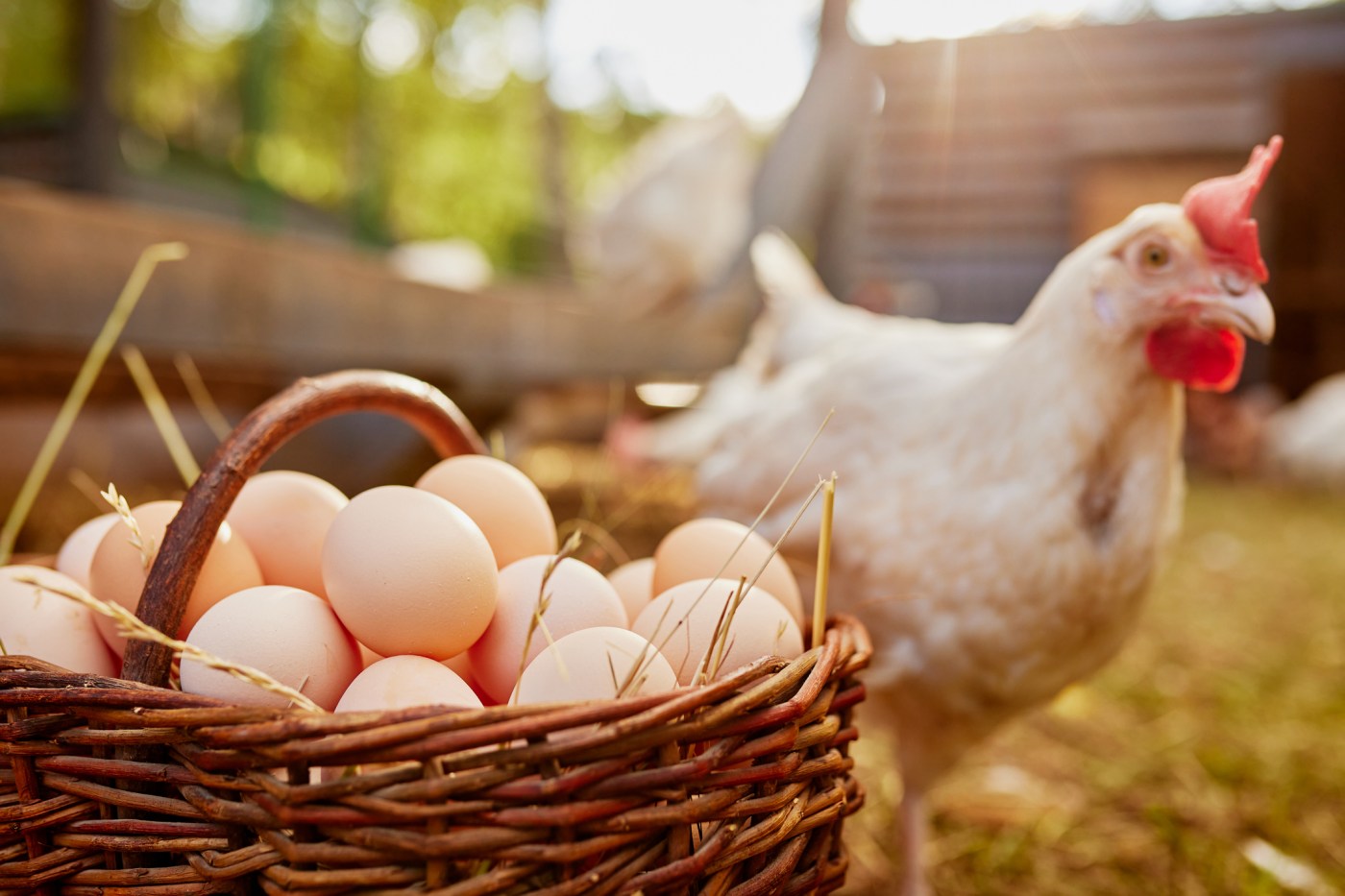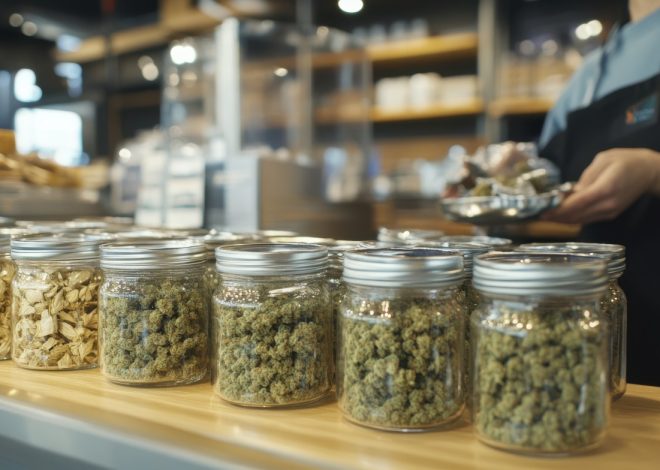
Paying too much for eggs? Birds might say we don’t pay enough for those little miracles
DEAR JOAN: I just finished a book, “Wild Moms” by Carin Bondar. In the book, the author states that in mother birds, many aspects of the egg composition can be directly manipulated by the mothers prior to laying.
For instance, she can control the size of the egg, color, weight, yolk, other nutrients and many other necessary ingredients that will promote survival of her chick. In some cases, she can control the composition of each egg individually in a clutch. I am fascinated by all this and wonder what the physiology is for a mother bird to control the composition of her eggs as they are forming in her body.
Do you have information on this?
— Nelle Neighbor-Alonzo, El Cerrito
DEAR NELLE: My college majors were in journalism and Russian studies, so I’m afraid avian biology is outside my scope. However, I can tell you that egg production is the most complicated, amazing and miraculous process ever to be imagined and undertaken.
The simple answer is that the inherent desire to survive and perpetuate the species is at the heart of it. Most of the egg manipulation is controlled by genetics and hormones along with the influence of exterior factors, such as weather, food and nutrient availability. The surroundings and challenge of survival also have an impact.
Birds are descended from egg-laying dinosaurs, and before you ask that age-old question, the egg came first. It was very different from eggs we are familiar with these days. As those early dino-birds evolved, they began forming shells around their embryos – something that was missing from their ancestral dino eggs. The formation of the eggshell led the way toward more animals moving onto the land, as the moms were no longer tied to laying shell-less eggs in the water.
Knowing all the steps and processes an egg goes through to emerge makes me think we aren’t paying enough for chicken eggs — even with the skyrocketing prices of late. Producing that much calcium to make a shell in just 24 hours is worth the price alone, but add in the manipulations of color, size, shape and shell thickness, and birds are practically laying golden eggs.
DEAR JOAN: We are incredibly grateful to your readers for contributing $2,000 over the past two weeks toward acquiring and protecting the Ginochio Schwendel Ranch.
Your community’s passion for preserving Mount Diablo’s natural beauty and ecosystems is making a real impact in safeguarding habitats like this one, home to rare volcanic soils, stunning views and species such as the Mount Diablo Globe Lily and California red-legged frog. With your support, we’re getting closer to our March 6 goal of $100,000.
— Ted Clement and Seth Adams, Save Mount Diablo
Related Articles
Downtown San Jose animal adoption pop-up sticking around a little longer
San Jose man is perplexed by cone-shaped mounds in sidewalk cracks
Lawsuits seek to stop barred owl culling, including the Bay Area
Milpitas: Humane Society of Silicon Valley resumes services after fire, seeks to rebuild building
Palo Alto donkey Perry dies; inspiration for beloved ‘Shrek’ character
DEAR TED AND SETH: My readers are the best. To thank them, those who contribute should drop me a line – a few of you already have – and when the campaign is over, I’ll do a random pick and meet you for coffee, on me, to say thanks.
Donations can be sent to Save Mount Diablo, 201 N. Civic Drive, Suite 190, Walnut Creek, CA 94596 or by visiting https://savemountdiablo.org/time-critical-land-acquisitions.
Animal Life runs on Mondays. Contact Joan Morris at AskJoanMorris@gmail.com.


